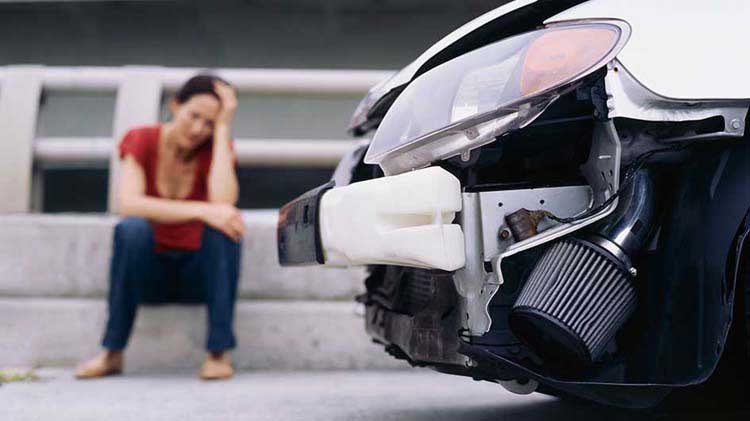Car insurance is an essential expense for any California driver, but finding an affordable policy that still provides adequate coverage can be a daunting task. With so many different options available, it can be tempting to simply choose the cheapest car insurance policy and call it a day. However, this approach can be risky, as the coverage limits of cheap car insurance policies in California may not provide you with the protection you need in the event of an accident.
In this blog post, we’ll be taking a closer look at the coverage limits of the cheapest car insurance options in California and why it’s essential to consider these limits when selecting a policy. We’ll explore what coverage limits are, how they work, and what you need to know to make an informed decision about your car insurance policy. By the end of this post, you’ll have a better understanding of the risks of choosing a cheap car insurance policy with low coverage limits and the steps you can take to protect yourself and your vehicle on California’s roads. So, buckle up and let’s dive in!
What are coverage limits
Coverage limits are an important aspect of any car insurance policy, as they determine the maximum amount of money that your insurance provider will pay out for a covered claim. These limits are specified in your insurance policy and vary depending on the type and amount of coverage you select.

There are two main types of coverage limits:
per person and per accident. Per person limits refer to the maximum amount of coverage available for bodily injury to one person in an accident, while per accident limits refer to the maximum amount of coverage available for bodily injury or property damage in a single accident.
For example, let’s say you have a car insurance policy with bodily injury liability limits of $50,000 per person and $100,000 per accident, as well as property damage liability limits of $25,000 per accident. If you were involved in an accident where you were at fault and caused $80,000 in bodily injury damages to two other people, your insurance policy would pay out a maximum of $50,000 per person, up to a total of $100,000 per accident. If the total bodily injury damages exceeded $100,000, you would be responsible for paying the difference out of pocket. Similarly, if the accident caused $30,000 in property damage, your policy would pay out up to $25,000, and you would be responsible for the remaining $5,000.
It’s important to note that coverage limits can vary depending on the type and amount of coverage you select, as well as the insurance provider you choose. It’s essential to carefully review and compare policies and coverage limits from different providers to ensure that you have the protection you need at a price you can afford.
Minimum coverage limits in California
In California, there are minimum coverage limits that drivers are required to have by law. The minimum coverage limits in California are $15,000 for bodily injury per person, $30,000 for bodily injury per accident, and $5,000 for property damage per accident. However, it’s important to note that these minimum coverage limits may not be enough to fully protect you and your vehicle in the event of an accident.
Risks of choosing the cheapest car insurance policy with low coverage limits
Choosing the cheapest car insurance policy with low coverage limits can be risky. If you’re involved in an accident and the damages exceed your coverage limits, you’ll be responsible for paying the difference out of pocket. This can be financially devastating, especially if you don’t have the savings to cover the costs.
Steps to take to protect yourself with adequate coverage limits
When selecting a car insurance policy, there are several steps you can take to ensure that you have adequate coverage limits:
- Evaluate your driving habits: Consider how often you drive and the type of driving you do. If you commute long distances or frequently drive in congested areas, you may need higher coverage limits to protect yourself and your vehicle.
- Assess the value of your vehicle: The value of your vehicle should also be taken into account when selecting coverage limits. If you have a newer or more expensive vehicle, you may need higher coverage limits to cover potential damages or replacement costs.
- Determine your budget: While it’s important to have adequate coverage limits, you also need to consider your budget. Look for policies that provide the coverage you need at a price that works for you.
- Compare policies and coverage limits: Don’t settle for the first car insurance policy you come across. Shop around and compare policies and coverage limits from different insurance providers. This will help you find the best policy that provides the protection you need at a price you can afford.
- Consider additional coverage options: Depending on your needs, you may also want to consider additional coverage options such as collision coverage, comprehensive coverage, and uninsured/underinsured motorist coverage. These can provide additional protection and peace of mind in the event of an accident.
Conclusion
Choosing the cheapest car insurance policy in California may seem like a good idea, but it’s important to consider the coverage limits before making a decision. Being underinsured can be financially devastating in the event of an accident. By understanding what coverage limits are, what the minimum coverage limits in California are, and the risks of choosing a policy with low coverage limits, you can make an informed decision about your car insurance policy. Remember to always prioritize adequate coverage limits to protect yourself and your vehicle on California’s roads.